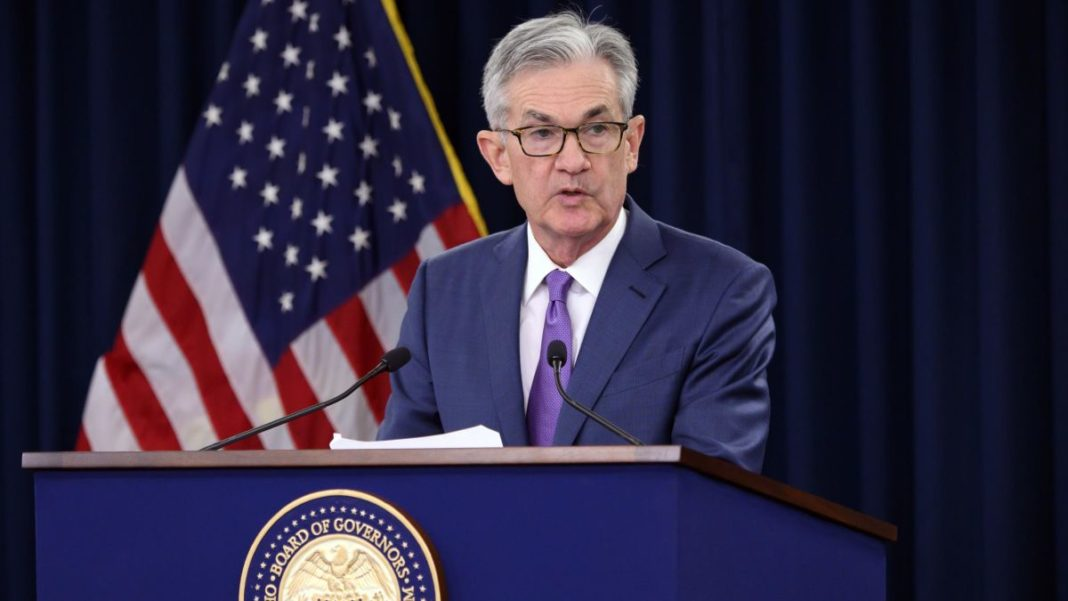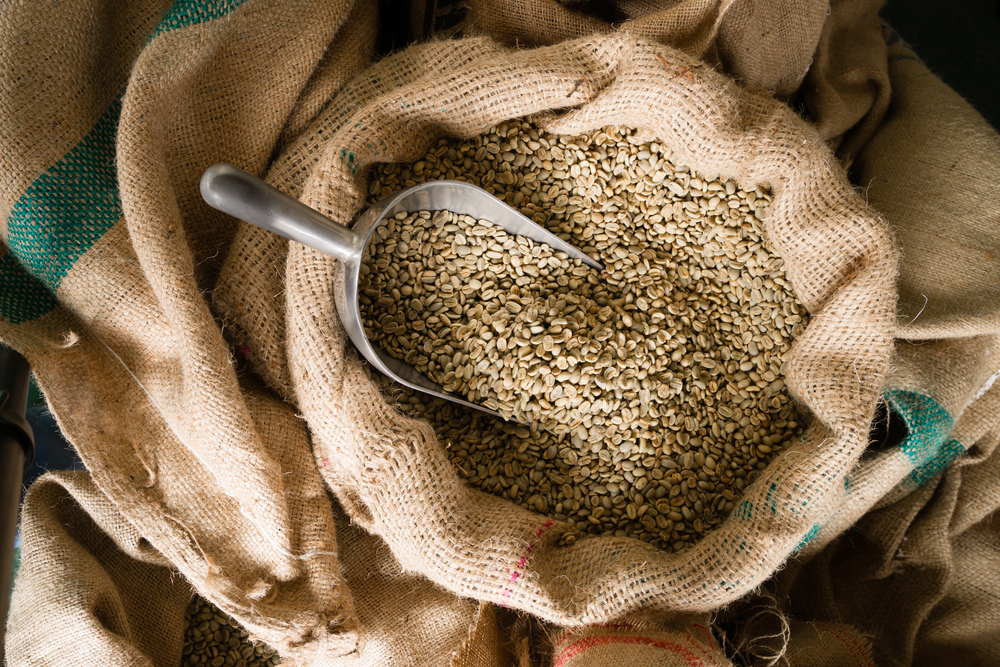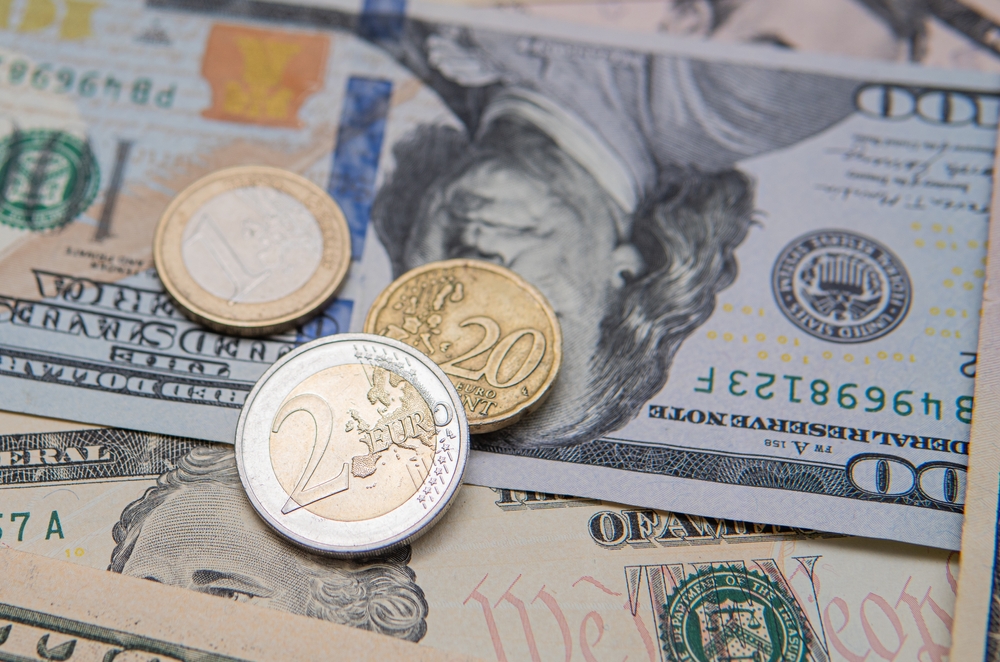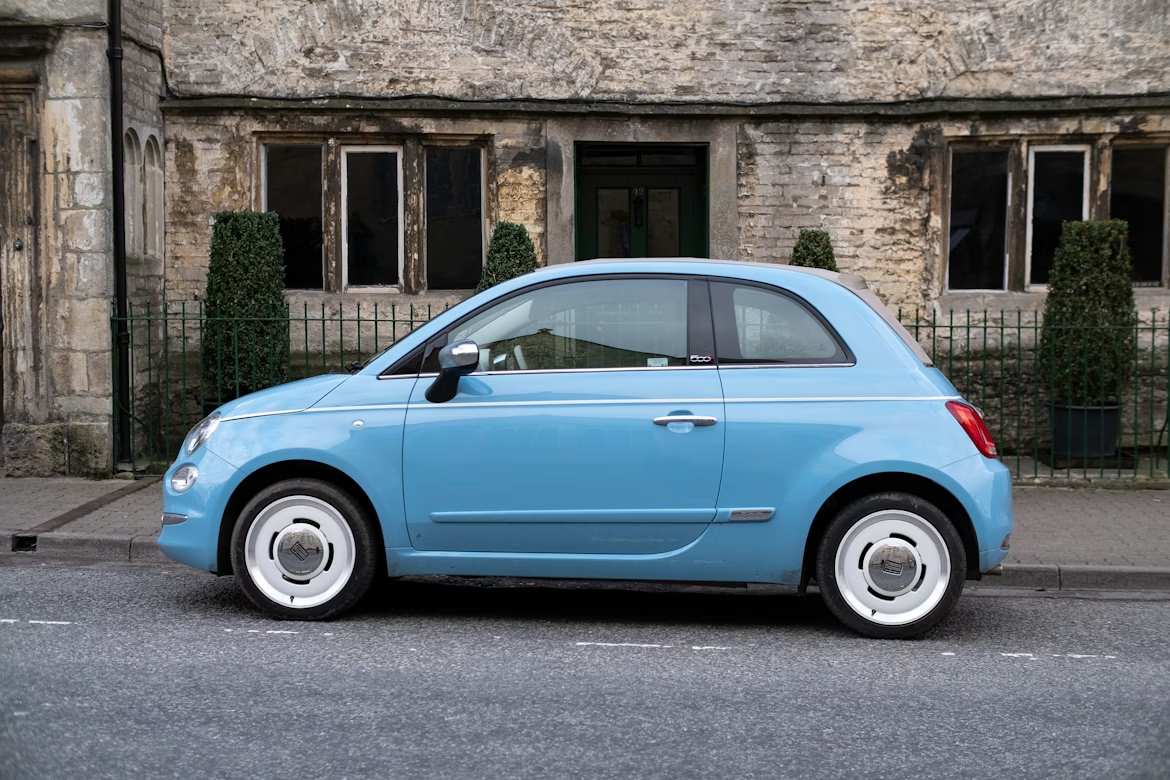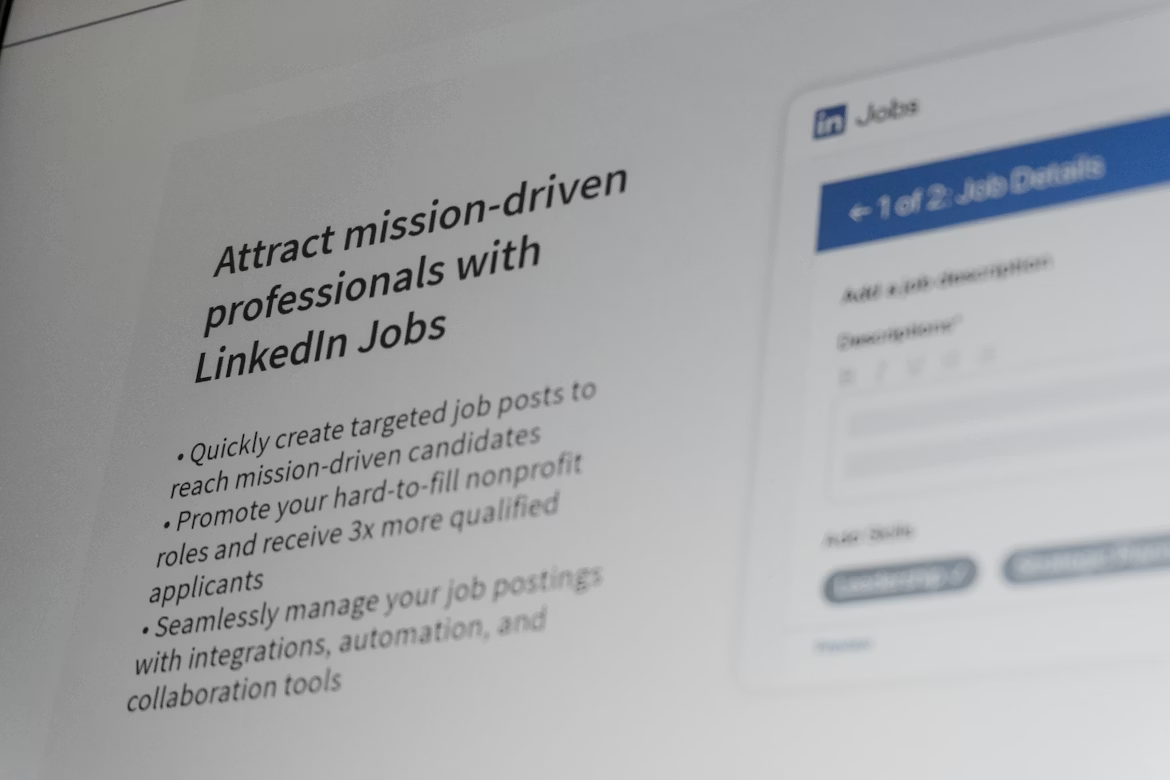The Federal Reserve, in its latest meeting, held interest rates at 4.25-4.5% even with pressure from the Trump administration, reiterating the central bank's independence by stating it does not consider government financing needs when setting monetary policy but the mandate from Congress. The tide is slowly turning, given two dissenting officials started to favour a quarter-point cut, boosting the dollar to a two-month high as bond yields shot back up. President Trump continues to criticise Powell's stance, arguing that high rates are costing the government billions in excess debt servicing costs, with annual interest payments now reaching $1.1 trillion. Bets for a September rate cut went down from 63.4% to just 45.7% following Powell's warning that tariff-driven inflation could prove more persistent than initially thought. Although GDP growth exceeds projections at 3.0%, underlying domestic demand shows weakness, and services inflation declines even as goods prices rise due to trade tariffs. Powell emphasised that with inflation above target and tariff impacts creating uncertainty, the central bank will maintain its "modestly restrictive" stance until the dual mandate of price stability and full employment is fully achieved.
EQUITY
Wall Street ended mixed after strong first-half GDP growth raised concerns that gains came from weaker imports rather than demand. Most are sidelined ahead of the Fed’s policy decision and key earnings from Microsoft and Meta, while consumer stocks outperform, with Hershey, VF Corp, and Starbucks seeing strong results, Humana jumping 10% on higher profit guidance, and Visa dipping. Trade tensions lingered as President Trump announced a 25% tariff on Indian imports effective August 1, while U.S.–China talks sought to extend their tariff truce.
GOLD
Gold rebounded above $3,290 after hitting a four‑week low, with Trump’s new tariffs and the Fed’s decision to hold rates. Global demand rose 3% in Q2 to 1,249 tonnes, contributed by strong ETF inflows, though jewellery demand dropped 14% due to high prices, with India’s consumption projected at a five‑year low. Central bank buying slowed to 166 tonnes from 249 in Q1, while technology demand dipped 2% on tariff instability.
OIL
Oil exploded to six-week highs above $70 per barrel, settling a three-day rally streak with escalating sanctions threats against Russia, India, and Iran that are flooding global supply. The rally continued on strong economic growth data supporting energy demand even though there is a reported 7.7 million barrel build-ups in crude inventories. Markets are now focused on this weekend's OPEC+ meeting, where the group is expected to increase production by 548,000 barrels per day starting in September.
CURRENCY
The yen weakened even after the Bank of Japan maintained rates at 0.5% while upgrading inflation forecasts to 2.7%. Conversely, the dollar sustained two-month peaks and approached its inaugural monthly gain this year. Currency volatility intensified ahead of Trump's August 1 deadline, with South Korea securing a trade accord involving 15% levies and $350 billion investments, while Brazil confronted punitive 50% duties.

